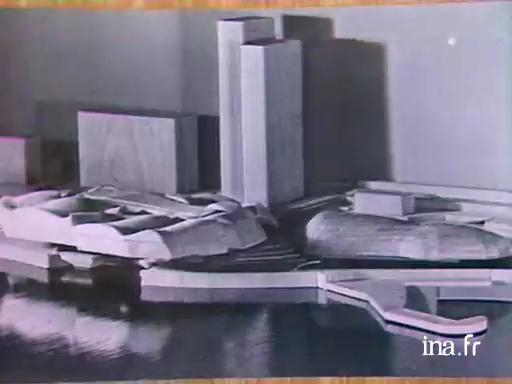Architects Raili and Reima Pietila

Information
Retrospective exhibit on Finnish architects Raili and Reima Pietila's 34 years of creations, at the Clermont Ferrand school of architecture.
Context
This couple of Finnish architects opposed modernism while seeking to develop the notion of rationalism into a more open, organic form, refusing the rigidity of their contemporaries' visions. Their architecture initiated the Alvar Aalto and Lars Souck style. Lauded by architecture critics Roger Connah, Malcolm Quantrill and Christian Norberg-Schulz, they set up their workshop in Helsinki in 1960. Prolific theorists, they pondered the question of national identity, exploring the Finnish language in order to generate the architectural form.
Heirs of 20th century expressionism, they explored the notion of "forme de la forme", seeking out relationships between practical and theory, through phenomenology of the place, the central theme to their preoccupations. They participated in the last congress of Team 10 and founded the reviewCarré Bleu. Architects of the Finnish Pavilion at the Universal Exposition in Brussels in 1958, Kaleva churches in Tampere and Lieksa, they conceived the whole residential area of Suvikumpu in Tapio Espoo and the Tampere library. They exported their work through the Finnish embassy in New Delhi and the Sief Palace in Kuwait City. Hardly acknowledged in Finland, their work was known to Frank Gehry and Steven Holl.




